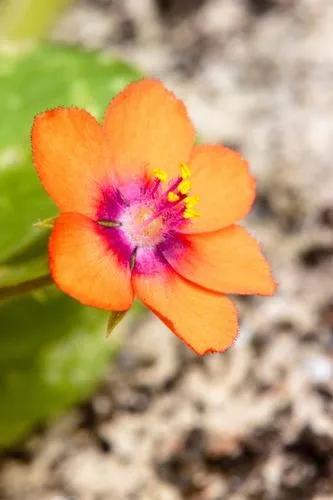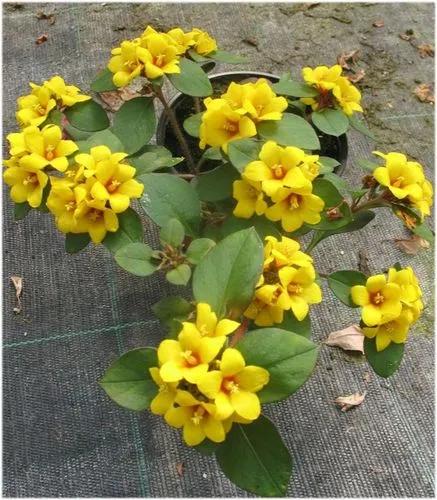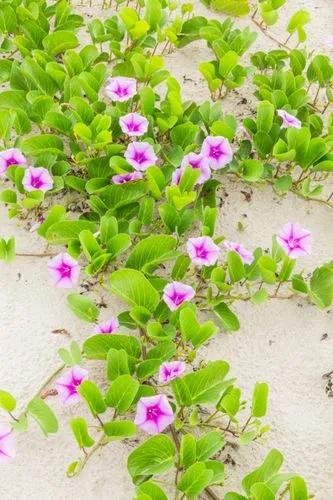This succulent species of Hoya develops attractive variegated leaves. The white variegation is mostly on the margins but can be seen in the center or entire leaf as well. Once mature, it is a frequent bloomer in a tropical climate.
Hoya Macrophylla Care
Hoya macrophylla



The Hoya macrophylla forms big beautiful variegated leaves. You can see green, white, and even pink colors on the leaves. The showy colors tend to come out more during the cooler months and also when exposed to more light. The flowers on this Hoya are simple but are pretty and have a mild pleasant fragrance. The corolla ranges from light yellow to light pink and the corona is off-white with yellow center. Once mature, the flowers can be seen frequently during the warmer months. The name “Hoya” honors Thomas Hoy (17 – 1821), gardener to the Duke of Northumberland and the first to bring this superb house plant into prominence. Native to southern India, highly prized, and the subject of legend. You’ll find Hoyas throughout eastern Asia to Australia and classified botanically in the Asclepias (milkweed) family.
How to Care for the Plant

Water

Keep the soil moist in spring and summer, dry but not to the point of shriveled foliage in winter. In dry climates, more frequent watering may be necessary.

Fertilizer

In spring hoyas react favorably to feeding. Fertilize using a liquid balanced food, about every four weeks, three or four times during the growing season will produce a vigorous growth.

Sunlight

A north window providing bright indirect sunlight is a good location. Although the plants do not require direct light, they would not do well away from a window, unless you prefer to grow them under fluorescent grow lights. Supply all but the hottest sun.

Soil

A moist, well-drained, light potting soil – African violet mix with some added perlite – is a good growing medium.

Temperature

Give these plants medium (50F) to warm temperatures during the growing season—spring and summer. The plants go semi-dormant in winter.

Container

Choose any container with enough drain holes.

Popularity

375 people already have this plant 55 people have added this plant to their wishlists
Discover more plants with the list below
Popular articles






